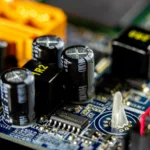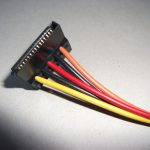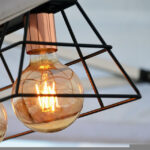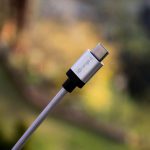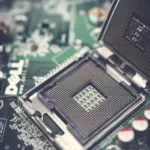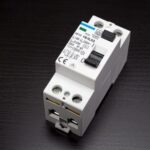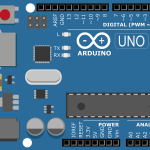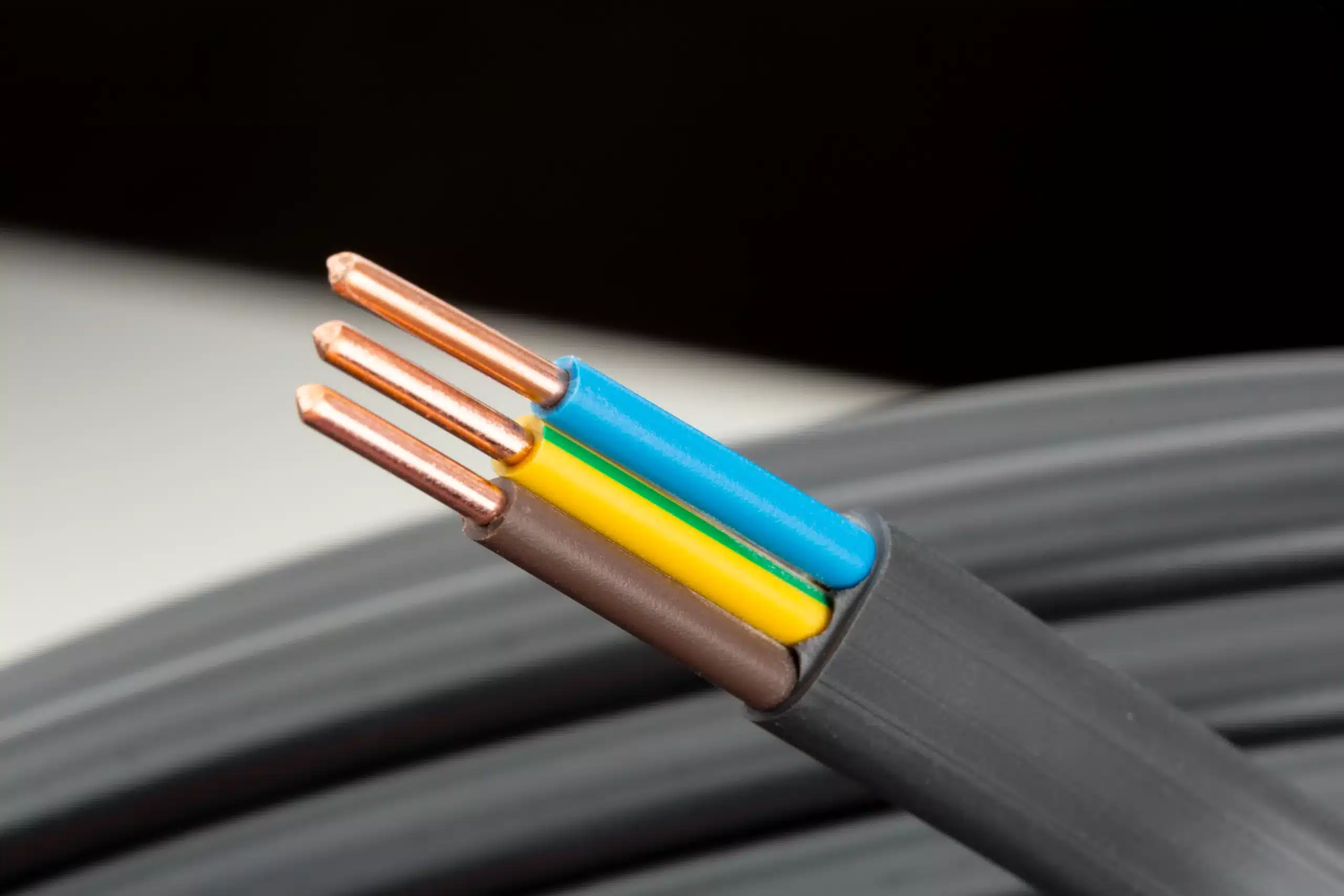
Introduction
In today’s interconnected world, electricity serves as a bloodline in powering everything from our homes to industries, technology, and workplaces. From charging our smartphones to running complex machinery, we rely heavily on reliable electrical connections for smooth functionality. Power connectors are the unsung heroes that facilitate this crucial aspect of electrical engineering. These reliable power connectors establish and maintain a secure electrical connection, preventing accidents and ensuring smooth operations of multiple electrical systems. This article elucidates the importance of power connectors and how they provide a secure electrical connection.
Understanding Power Connectors
Power connectors are devices that enable the transfer of electrical energy from one electrical circuit to another. These devices contribute to secure electrical connections between two or multiple conductive elements and serve as the bridge between the power source and the device that needs electricity. They come in various shapes and sizes, catering to different applications–ranging from household appliances to heavy industrial machinery.
The Significance of Secure Electrical Connections
Secure electrical connections are paramount for several reasons, such as:
Safety:
Safety is paramount when dealing with electricity. A loose or poorly connected electrical connection can lead to arcing, sparks, overheating, and even fires. Properly designed power connectors ensure electrical connections remain secure and uninterrupted and minimise the risk of accidents and electrical hazards.
Reliability:
Electrical systems are expected to work reliably, especially in critical applications like healthcare, data centers, and manufacturing. Secure electrical connections are essential to prevent downtime and ensure uninterrupted operation.
Efficiency:
Loose or corroded connections can increase electrical resistance, leading to energy losses as heat. Efficient electrical connections can significantly reduce energy wastage and maintain the electrical devices’ optimised performance.
Exploring the Anatomy of Power Connectors
They are not just simple plugs and sockets–instead, they comprise various components designed to ensure a secure electrical connection. Some essential power connector components include:
Conductors:
Conductors are the metal components that carry electrical current in power connectors. They feature excellent electrical conductivity to minimise resistance and heat generation. Copper and aluminium are common conductor materials due to their conductivity and affordability.
Insulation:
Insulation materials prevent electrical current from escaping the conductors and causing short circuits or electrical shocks. High-quality insulation materials are essential to withstand the rigours of electrical applications.
Contact Points:
Contact points are the areas where the connectors make physical contact. They are designed to provide a secure and low-resistance connection. The shape and material of contact points play a significant role in ensuring a reliable connection.
Locking Mechanisms:
Many power connectors feature locking mechanisms that keep the connectors firmly attached, preventing accidental disconnection. These mechanisms are crucial in applications where vibrations or movement are common.
Unleashing the Broad Range and Popular Types of Power Connectors
Power connectors come in a myriad of types and designs, meeting the specific requirements of different applications. Some of the most popular power connector types include:
AC Power Connectors
AC power connectors are ideal for household and industrial electrical connections and include plugs, sockets, and adapters for various voltages and current ratings. Safety features like grounding pins and polarisation ensure proper connection.
DC Power Connectors
DC power connectors are prevalent in electronics, telecommunications, and renewable energy applications. They come in various sizes and shapes, such as barrel connectors, banana plugs, and XT connectors, to accommodate different voltage and current requirements.
High-Current Connectors
High-current connectors are designed to handle significant electrical loads, making them suitable for industrial machinery, electric vehicles, and power distribution systems. These connectors often feature robust construction and multiple contact points to ensure reliability.
Circular Connectors
Circular connectors ensure secure and waterproof connections, making them ideal for harsh environments, including aerospace, military, and industrial applications.
Factors Contributing to a Secure Electrical Connection
Choosing the suitable power connector for a specific application involves considering several factors, such as:
Electrical Requirements:
The voltage and current requirements of the application dictate the type and size of the connector. Using a connector with insufficient capacity can lead to overheating and failure.
Connector Design:
The design of the power connector is a critical factor. Ensure that connectors match the specific application’s voltage, current, and environmental conditions to ensure a snug fit and reliable connection.
Proper Installation:
Even the best connectors can only succeed if installed correctly. Proper installation includes secure attachment of wires, applying the correct torque to fasteners, and ensuring the connectors are clean and free from contaminants that could impede conductivity.
Environmental Conditions:
The environment where the connector will be used is a critical parameter in the selection of connectors. Harsh environments, such as those with high humidity, temperature extremes, or exposure to chemicals, require connectors with appropriate protection and materials.
Safety Standards:
Compliance with safety standards and regulations is essential to ensure the connector’s suitability for the intended use. Certifications like UL, CSA, and CE demonstrate adherence to safety standards.
Durability:
The expected lifespan of the connector and the frequency of connection/disconnection cycles influence the choice of connector materials and design. Connectors for industrial applications must be robust and able to withstand frequent use.
Maintenance and Inspection:
Once power connectors are in place, regular maintenance, routine checks, cleaning, tightening, and inspection are essential to ensure their continued reliability and safety.
Concluding Remarks
Power connectors are indispensable in electrical engineering–facilitating secure electrical connections that power our lives and industries. Ensuring a secure electrical connection is not only essential for safety but also for reliability and efficiency. Understanding the anatomy of power connectors, the types available, and the factors influencing their selection is crucial for engineers, technicians, and anyone involved in electrical systems. By choosing the right power connectors and maintaining them properly, it is possible to harness the benefits of a reliable and safe electrical supply in our increasingly electrified world.








